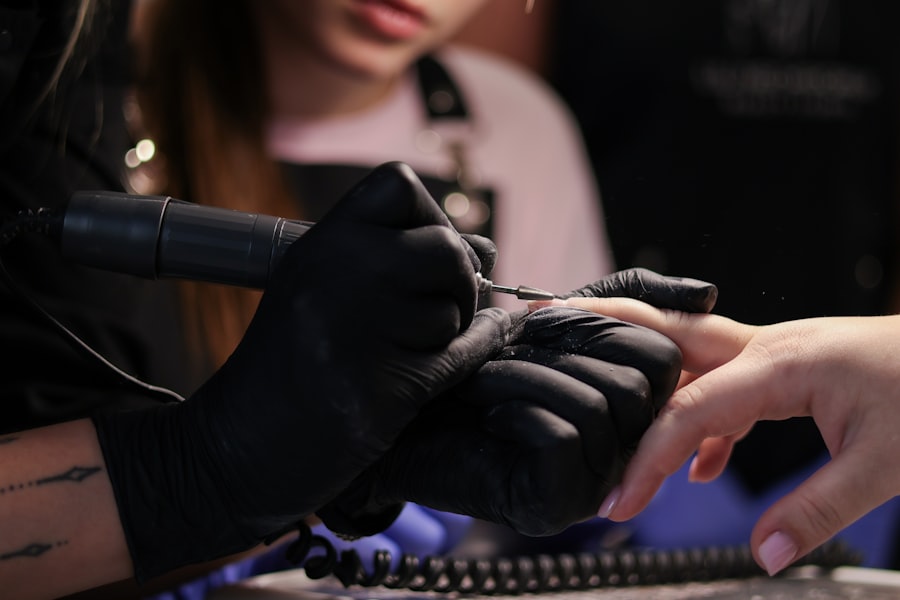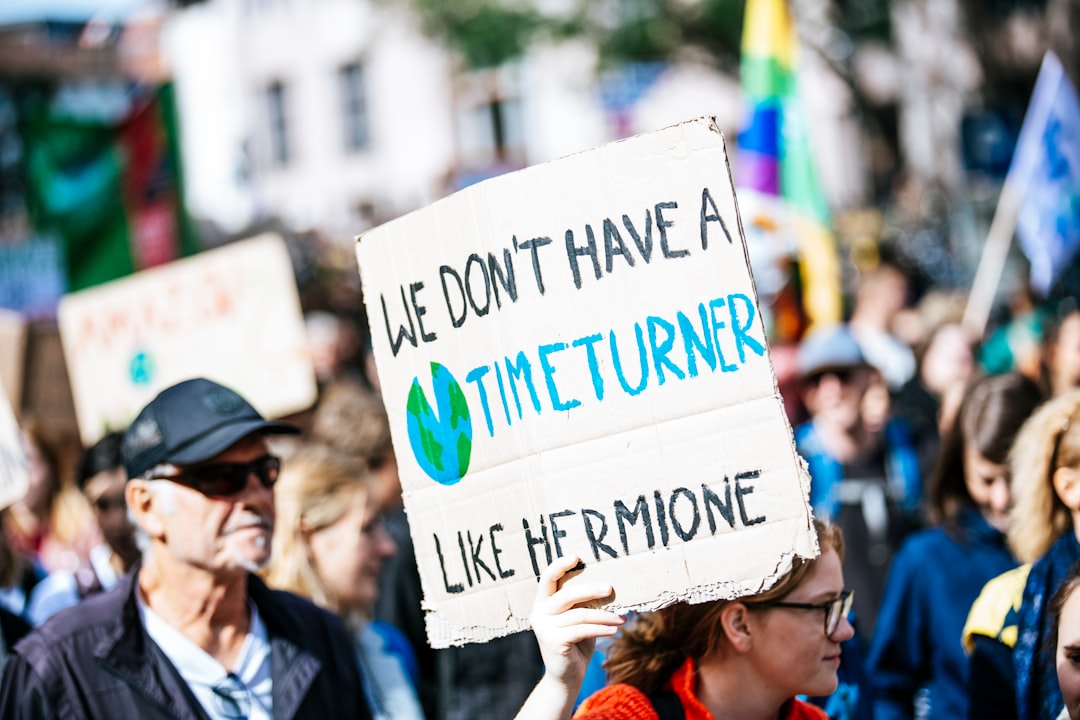Laser hair removal is a popular cosmetic procedure that utilizes concentrated beams of light to target and eliminate unwanted hair. The technology behind this treatment is based on the principle of selective photothermolysis, where the laser energy is absorbed by the pigment in the hair follicles. This process effectively damages the follicles, inhibiting future hair growth.
As you consider this option, it’s essential to understand how it works and what to expect during the treatment. The procedure typically involves a series of sessions, as hair grows in cycles, and not all hair is in the same growth phase at any given time. You may find that the number of sessions required varies based on your hair type, skin tone, and the area being treated.
Generally, individuals with darker hair and lighter skin tend to see the best results due to the contrast in pigmentation. As you embark on this journey, it’s crucial to have realistic expectations regarding the outcomes and to consult with a qualified professional who can tailor the treatment to your specific needs.
Key Takeaways
- Laser hair removal uses concentrated light to target and destroy hair follicles, leading to long-term hair reduction.
- Before laser hair removal, it’s important to avoid sun exposure and certain hair removal methods to ensure the treatment is effective and safe.
- Immediate post-treatment care involves applying soothing creams, avoiding hot showers, and protecting the treated area from sun exposure.
- Long-term aftercare includes regular moisturizing, avoiding sun exposure, and following up with your provider for touch-up treatments if needed.
- To manage side effects and reduce discomfort, you can use cold compresses, gentle cleansers, and over-the-counter pain relievers as recommended by your provider.
Preparing for Laser Hair Removal Aftercare
Before undergoing laser hair removal, preparation is key to ensuring a smooth experience and optimal results. You should start by scheduling a consultation with a licensed practitioner who can assess your skin type and hair color, discuss your medical history, and explain the procedure in detail. During this initial meeting, you will also learn about any necessary pre-treatment steps, such as avoiding sun exposure and certain medications that could increase sensitivity.
In the days leading up to your appointment, it’s advisable to avoid waxing or plucking the hair in the treatment area, as these methods can remove the hair follicle that the laser targets. Instead, shaving is recommended, as it leaves the follicle intact while allowing the laser to effectively penetrate. Additionally, you should refrain from using any products that may irritate your skin, such as exfoliants or retinoids, to ensure that your skin is in its best condition for treatment.
Immediate Post-Treatment Care

After your laser hair removal session, immediate care is crucial for minimizing discomfort and promoting healing. You may experience some redness or swelling in the treated area, similar to a mild sunburn. To alleviate any discomfort, applying a cool compress can be beneficial.
This simple step helps soothe the skin and reduces inflammation, allowing you to feel more comfortable after your treatment. It’s also important to keep the treated area clean and avoid any harsh products for at least a few days following your session. Gentle cleansers are ideal during this time, as they won’t irritate your skin further.
You should also avoid hot baths or saunas, as heat can exacerbate any swelling or redness. Instead, opt for lukewarm showers and allow your skin to breathe as it begins its healing process.
Long-Term Aftercare for Optimal Results
| Metrics | Targets | Actuals |
|---|---|---|
| Follow-up appointments | Every 3 months | Every 4 months |
| Medication adherence | 90% | 85% |
| Therapy sessions | Once a month | Twice a month |
| Support group attendance | Bi-weekly | Monthly |
Long-term aftercare is essential for achieving the best results from your laser hair removal treatments. After completing your sessions, you may notice that hair regrowth is significantly reduced; however, some fine hairs may still appear over time. To maintain smooth skin and minimize any regrowth, regular follow-up treatments may be necessary.
Your provider will guide you on how often these maintenance sessions should occur based on your individual response to the treatment. In addition to follow-up sessions, incorporating a gentle skincare routine can enhance your results. Moisturizing regularly helps keep your skin hydrated and healthy, while avoiding harsh chemicals ensures that you don’t irritate the treated area.
You might also consider using soothing lotions or gels containing aloe vera or chamomile to promote healing and comfort in the long run.
Managing Side Effects and Reducing Discomfort
While laser hair removal is generally safe, some individuals may experience side effects such as redness, swelling, or even minor blistering in rare cases. Understanding how to manage these side effects can make a significant difference in your overall experience. If you notice any discomfort after your treatment, over-the-counter pain relievers like ibuprofen can help alleviate pain and reduce inflammation.
Additionally, keeping an eye on your skin’s reaction in the days following treatment is essential. If you experience persistent discomfort or unusual symptoms such as excessive blistering or changes in pigmentation, it’s important to contact your provider immediately. They can offer guidance on how to care for your skin and determine if any further intervention is necessary.
Protecting the Treated Area from Sun Exposure
One of the most critical aspects of aftercare following laser hair removal is protecting the treated area from sun exposure. Your skin will be more sensitive after treatment, making it more susceptible to sunburn and pigmentation changes. To safeguard your skin, it’s advisable to apply a broad-spectrum sunscreen with an SPF of at least 30 whenever you go outdoors.
This protective measure helps prevent UV rays from causing damage and ensures that your results remain consistent. In addition to sunscreen, wearing protective clothing such as hats or long sleeves can provide an extra layer of defense against sun exposure. If possible, try to avoid direct sunlight during peak hours when UV rays are strongest.
Avoiding Certain Activities and Products
In the weeks following your laser hair removal sessions, there are specific activities and products you should avoid to ensure optimal healing and results. For instance, activities that cause excessive sweating—such as intense workouts or hot yoga—should be limited for at least 48 hours post-treatment. Sweating can irritate the treated area and increase the risk of complications like infection.
Moreover, certain skincare products should be avoided during this period. Harsh exfoliants, retinoids, and products containing alcohol can irritate sensitive skin and hinder healing. Instead, focus on using gentle cleansers and moisturizers that are free from fragrances and other potential irritants.
By being mindful of what you apply to your skin and how you treat it post-treatment, you can enhance your overall experience with laser hair removal.
Following Up with Your Provider for Additional Care
Finally, maintaining open communication with your provider is essential for ensuring that you receive the best possible care throughout your laser hair removal journey. Regular follow-up appointments allow them to assess your progress and address any concerns you may have regarding side effects or results. These check-ins are also an opportunity for you to discuss any additional treatments you might need or adjustments that could enhance your experience.
Your provider can offer personalized advice based on how your skin has responded to treatment and help you navigate any challenges that arise along the way. By fostering this relationship with your provider, you not only gain valuable insights into maintaining your results but also ensure that you feel supported throughout the entire process of achieving smooth, hair-free skin. In conclusion, understanding laser hair removal involves more than just knowing how it works; it encompasses preparation before treatment and diligent aftercare afterward.
By following these guidelines and maintaining communication with your provider, you can maximize your results while minimizing discomfort and side effects. Embrace this journey toward smoother skin with confidence!
After undergoing laser hair removal treatment, it is crucial to follow proper aftercare instructions to ensure optimal results and minimize any potential side effects. One helpful resource for learning about laser hair removal aftercare is the website com/’>In Laser Hair Removal.
They provide detailed information on how to care for your skin post-treatment, including tips on avoiding sun exposure, moisturizing, and avoiding certain skincare products. By following these guidelines, you can help maintain smooth, hair-free skin for longer periods of time.
FAQs
What is laser hair removal aftercare?
Laser hair removal aftercare refers to the steps and precautions that should be taken after undergoing a laser hair removal treatment to ensure proper healing and optimal results.
Why is laser hair removal aftercare important?
Laser hair removal aftercare is important to minimize the risk of complications such as skin irritation, redness, and swelling. It also helps to promote faster healing and maintain the effectiveness of the treatment.
What are some common aftercare tips for laser hair removal?
Common aftercare tips for laser hair removal include avoiding sun exposure, using gentle skincare products, avoiding hot showers and baths, and avoiding activities that may cause excessive sweating.
How long does it take for the skin to heal after laser hair removal?
The skin typically takes a few days to a week to heal after laser hair removal. However, this can vary depending on the individual’s skin type and the intensity of the treatment.
Can I shave or wax after laser hair removal?
It is recommended to avoid shaving or waxing the treated area for a few weeks after laser hair removal to allow the skin to heal properly. This helps to prevent irritation and potential damage to the skin.
Are there any specific products to avoid after laser hair removal?
It is best to avoid using harsh skincare products, exfoliants, and perfumed lotions on the treated area after laser hair removal. These products can irritate the skin and interfere with the healing process.
When can I resume normal activities after laser hair removal?
Most people can resume normal activities immediately after laser hair removal, but it is important to avoid activities that may cause excessive sweating or irritation to the treated area for a few days.






